Ecommerce Website Optimization: Everything You Need To Know
An average of 70.19% shopping carts are abandoned–a LOT of missed sales opportunities.
To have a way out of that, take this article to learn more about ecommerce website optimization and our breakdown of what it is and its benefits. We will also explore the various strategies so you can turn more website visitors into paying customers.
By the end of your read, you will be ready to improve your user experience, increase your conversions, and make your online store stand out.
What Is Ecommerce Website Optimization & Its Benefits?
Ecommerce website optimization is the process of improving your ecommerce site to enhance its:
- Usability
- Performance
- Ability to convert online shoppers into paying customers
It also involves tweaking everything from web pages to backend systems so you can make sure that your online business remains competitive and delivers real value to your customers.
What else does ecommerce optimization bring you?
- Build trust with a secure, professional site that earns customer loyalty.
- Improve conversion rate optimization and get more visitors to complete their purchases.
- Strengthen SEO by delivering higher-performing pages that drive organic traffic.
- Lower cart abandonment by making the checkout process smoother to recover lost sales.
- Have faster loading web pages to reduce bounce rates and keep shoppers engaged.
- Increase customer satisfaction with a user-friendly experience that keeps customers coming back.
Optimizing your ecommerce site transforms it into more than just a sales platform—it becomes a tool to predict and shape customer behavior. Use this chance to drive opportunities to make more money online in ways you might not have tapped into yet.
6 Smart Ways To Optimize Your Ecommerce Site
Review what is holding back your ecommerce store and jot down areas to enhance as you go through these strategies.
1. Apply SEO To Unlock A Surge In Organic Traffic
Search engine optimization is not just about ranking higher on search engines; it is about putting your ecommerce site exactly where potential customers are looking. When you align your content with search intent, you attract shoppers who are already interested in what you offer.
What does this do for you?
It saves you from wasting time and money chasing the wrong audience. Plus, it lets you create a direct path from search engine rankings to higher sales.
What To Do
Conduct keyword research. To do this, use keyword research tools like Ahrefs to find relevant search terms that your target audience searches for. Simply go to Ahrefs’ “Keyword Explorer” and input your topic.
Then, you will get suggestions like this:
For the relevant keywords listed under “Terms match,” work them naturally into your product pages or homepage to boost visibility. As for the ones under “Questions,” turn them into engaging blog posts that answer exactly what your audience is searching for.
Another SEO tactic you need to do is to make your site speed faster. Here’s how you can do this:
- Enable browser caching
- Use a reliable hosting provider
- Compress images using tools like TinyPNG
These tasks can be technical so it is best to hire an SEO specialist to make sure you are on the right path. Otherwise, mistakes can cause you to lag behind search engine rankings.
Plus, having a specialist lets you build high-quality backlinks. They can reach out to niche blogs or industry sites for backlinks. With this, you can improve your authority and help search engines trust your content.
But make sure to monitor your SEO tasks closely using Google Analytics. These insights let you tweak your strategies in real-time so you can stay ahead in SERPs.
2. Simplify Category Exploration To Speed Up Product Discovery
When shoppers find products effortlessly, your ecommerce business transforms into a shopper’s dream destination. But category simplification is more than just a tweak on your website. It is a marketing strategy that helps your shoppers feel confident and in control.
With this, you can reduce their frustration and nudge hesitant buyers to click “add to cart” to help get more sales.
What To Do
Implement a nested slider, which is a way for you to organize your product visually. This helps your users explore categories, subcategories, and items in one seamless flow. You can use this setup too to simplify inventories, speed up product discovery, and increase engagement.
To add this feature to your site, use Porthotheme’s Elementor FlexBox Addon – Nested Slider.
Another way to simplify your category pages is to use clear and descriptive labels, like this from Classe365:
Separating sections like “Teams,” “Organizations,” and “Features” with targeted descriptions helps users navigate easily. Educators or administrators can quickly identify tools like student performance tracking or a learning management system tailored to their needs.
In addition, include filters for price, size, and ratings. You can also prominently display trending or seasonal categories on your homepage to direct customers to popular products immediately.
3. Implement Flexible Layouts To Adapt Seamlessly Across Screens
Mobile devices are set to dominate website traffic as they drive 78% of global ecommerce visits.
What does this mean for you?
Your website design should prioritize mobile users without sacrificing the experience for desktop shoppers. Flexible layouts do exactly that, helping your responsive design adapt to any screen size while maintaining a professional, user-friendly look.
Use this strategy to reduce frustrating experiences like cut-off text or misplaced buttons. With this, your shoppers are more likely to buy when the browsing process feels seamless.
The results? Higher ecommerce conversion rate optimization and a future-proof site to handle the ever-growing dominance of mobile devices
What To Do
Apply fluid grid systems, which are design layouts that adjust dynamically based on screen size to keep everything proportionate. Here’s an example:
You also need to define breakpoints for your responsive design to make sure your content looks great on every screen. Also, set flexible image dimensions so your photos resize automatically to fit their containers and prevent awkward distortions.
This sounds all too complicated with the jargon, right?
Hire a web design agency to make sure every component is built with responsive design:
- Layouts that adjust flawlessly
- Images that resize seamlessly
- Navigation that stays intuitive on any screen size
To make the process smoother, you can ask your chosen agency to use or test the pre-built sites from Portotheme, like these ones:
4. Offer Live Chat Support To Keep Shoppers Engaged
When shoppers get instant answers or product recommendations, they feel valued and understood, which makes them more likely to stick around. Live chats create a seamless customer experience that can turn confusion into clarity and hesitation into action.
But beyond solving problems, it helps you gather insights about customer preferences, so you can fine-tune your approach and drive more ecommerce conversions.
What To Do
First, choose your chatbot builder. To choose the one that suits your business best, here’s what you need to look for:
- Opt for a builder that offers AI-driven features. These capabilities let your chatbot understand customer preferences, handle complex queries, and provide accurate responses to create a more human-like and engaging experience.
- Go for the one that works seamlessly with your existing platforms, like your website, CRM, or email marketing tools. This helps you pull relevant customer data, recommend products, and provide personalized experiences without any technical hiccups.
- Select a chatbot builder that lets you customize its design, tone, and functionality to match your brand.
Next, what should you do with your chatbot?
- Use chatbots to handle basic queries even when your team is not online.
- Suggest complementary products to increase average order value during conversations.
- Use chat data to suggest items based on what they are browsing or buying.
- Answer questions in real-time to help customers understand product details instantly to reduce drop-offs.
5. Add Video Demonstrations To Bring Your Products To Life
Show your products in action to give your shoppers a better understanding of what they are getting. This eliminates doubts that static images or text cannot address.’
Also, videos make your products tangible since you offer a storytelling element that engages viewers emotionally and builds trust.
What To Do
Show how your product addresses common challenges to make it immediately relevant. Then, highlight what makes your product unique to help viewers see its value.
For example, let’s say you are in the ever-growing property investment niche, offering this kind of real estate syndication software. Showcase how your software takes the hassle out of investor onboarding or streamlines financial reporting—problems that can feel like a full-time job on their own.
Then, spotlight what sets it apart, like simplifying investor earnings distribution, so users can juggle multiple projects with ease and impress investors with a polished, professional system. You should also include real photos of your tool, like this:
But make sure you stick to 1-2 minute demos and focus on the most important details to hold attention. Invest in clear camera and audio tools to create a professional impression.
Another aspect to make your videos more effective is to feature customers using your product in everyday scenarios for relatability. Make sure you add subtitles too so everyone can understand your video, regardless of their language or hearing ability.
Include a CTA like “Book A Demo Now” to drive conversions at the end of your videos.
To make the video creation smooth, collaborate with your team. Get your team together to brainstorm creative ideas and make sure every video reflects your brand perfectly and gets delivered right on schedule.
6. Leverage Social Proof To Build Instant Credibility
Social proof gives your shoppers the confidence to trust your store immediately. When store owners display real customer experiences, it removes the uncertainty buyers feel when shopping online.
Seeing others’ positive interactions with your brand makes new customers feel like they are making a smart, safe choice. This strategy transforms your product pages from static displays into dynamic tools that engage, reassure, and motivate buyers to act quickly.
What To Do
Ask your customers for feedback after their purchase, either through email surveys or review requests. If you are not getting their answers, offer incentives like discounts or rewards for leaving honest reviews or sharing photos of your product in use. Another great and effective option is to streamline data collection with text survey tool to get highly targeted responses from your desired audience.
Additionally, you can engage with your customers on social media to encourage them to tag your brand in posts so you can showcase their experiences as testimonials.
Once you have their feedback, add them directly on your product pages or homepage to highlight your product or service’s quality, reliability, and value.
Here’s an example you can emulate from Primetime Window Cleaning:
This type of review stands out because the customer highlights specific challenges, like the “tall house,” “little space between houses,” and “apex roof,” that other companies could not handle. The level of detail makes the service appear highly skilled and adaptable, which reassures potential clients that they can trust this company with complex or unique jobs.
You need to consider featuring reviews like this on your website, especially on key pages, to showcase your ability to exceed expectations in challenging scenarios.
Also, encourage your existing customers to share images of your products in use and feature them in a gallery. If you are in the service industry, you can also use photos you took of your work in progress or completed projects.
Here’s an example from Fortune Restoration:
These photos stand out from other brands in that they do not just display results—they tell a compelling story of transformation and expertise. They capture the team’s ability to tackle intricate, large-scale projects with care and precision.
From scaffolding setups to the final polished look, these images reassure potential clients that they are working with detail-oriented professionals who can handle even the most demanding spaces with confidence.
To boost your social proof, add a “Recently Purchased” pop-up. For example, it can display notifications like “Sarah just bought this!” to create urgency and show active customer interest. To do this, use tools like WiserNotify to have your user get notified like this:
4 Roadblocks To Avoid During Ecommerce Website Optimization
Look closely at your current approach to optimization, and note where these challenges can apply to your ecommerce site so you can take immediate action.
A. Hidden Shipping Information
Hidden shipping costs can be one of the fastest ways to kill trust and drive shoppers away. When customers cannot see clear shipping details upfront, they may assume the worst—high fees or slow delivery—and abandon their carts.
Use a tool like Conditional Shipping for WooCommerce to customize shipping options based on customer location, cart total, or product categories, ensuring they see the most relevant rates. This plugin offers comprehensive control over the availability of shipping methods in your WooCommerce store.
Fixing your shipping rates does not just create transparency; it builds trust and helps you increase conversions by making the buying process seamless.
Here’s how to fix this roadblock:
- Show expected delivery dates to reassure shoppers.
- Disclose additional costs like taxes or handling fees upfront.
- Let customers enter their location to get accurate costs instantly.
- Create a dedicated shipping information page where you can detail costs, options, and delivery timelines in 1 easy-to-access spot.
- Use an automated shipping software to secure discounted rates and pass on the savings to your customers.
- Show shipping costs on product pages or in the cart to avoid last-minute surprises.
B. Broken Links
Broken links are a direct hit to your site performance and user experience. Think of your shopper clicking on a product link only to land on a 404 error page.
It is frustrating and signals that your site is not well-maintained, which can drive visitors away. Broken links harm your ecommerce SEO strategy too since they make search engines view your site as unreliable, pushing you lower in search results.
Here’s how to fix this roadblock:
- Redirect broken links to relevant pages, so visitors do not hit dead ends.
- Monitor customer feedback and encourage customers to report broken links and address them promptly.
- Review product and category URLs regularly and ensure they point to live pages.
- Run regular link audits using tools like Ahrefs to identify and fix broken links across your site.
C. Cluttered Homepage Design
Instead of guiding shoppers toward their next step, a cluttered homepage overwhelms visitors and makes it hard for them to focus on what matters. This can cause high bounce rates and cost you a good ecommerce conversion rate.
You need to remember that your homepage is your store’s first impression, and it needs to be clear, focused, and engaging. Otherwise, when customers cannot find your key offerings like bestsellers or flash sales, they can leave for a competitor with a cleaner, more intuitive site.
Here’s how to fix this roadblock:
-
- Guide visitors with CTA buttons like “Shop Now” or “Learn More.”
- Keep pop-ups minimal and timed appropriately to reduce distractions.
- Use white space wisely to give your site design breathing room by spacing out content for a cleaner look.
- Prioritize key elements like top products, categories, and promotions (e.g., flash sales) while removing unnecessary clutter.
D. Ignoring Accessibility Standards
This roadblock creates a huge gap in your customer experience since it potentially excludes hundreds to thousands of people with disabilities from using your site. Plus, the lack of accessibility can dampen your brand reputation.
But once you fix this, you can create an inclusive shopping experience that welcomes everyone. When you incorporate accessibility into your ecommerce optimization guide, you show that your business values all customers.
Here’s how to fix this roadblock:
- Use color contrasts that make text and visuals easy to read for users with visual impairments.
- Make sure your site is fully navigable with a keyboard, allowing users with motor disabilities to browse easily.
- Include captions or transcripts for video content to accommodate hearing-impaired customers.
- Add clear, descriptive alt text to all images so screen readers can convey the visual content to visually impaired users.
Conclusion
Let’s kick off your ecommerce website optimization journey with a clear assessment of what is holding your site back. Gather your team, set achievable goals, and map out a plan to tackle each issue with our strategies.
But make sure to prioritize changes that improve customer experience and boost conversions, so every improvement moves your store closer to success.
To make this a smoother process, Portotheme has various plugins to help you optimize your site. From pre-designed sites to AI-driven product summaries and the dynamic Nester Slider maker, we have the tools to create a seamless shopping experience for your customers. Contact us now and let’s start bringing in more sales for your brand.
Author Bio:
Burkhard Berger is the founder of Novum™. He helps innovative B2B companies implement modern SEO strategies to scale their organic traffic to 1,000,000+ visitors per month. Curious about what your true traffic potential is?

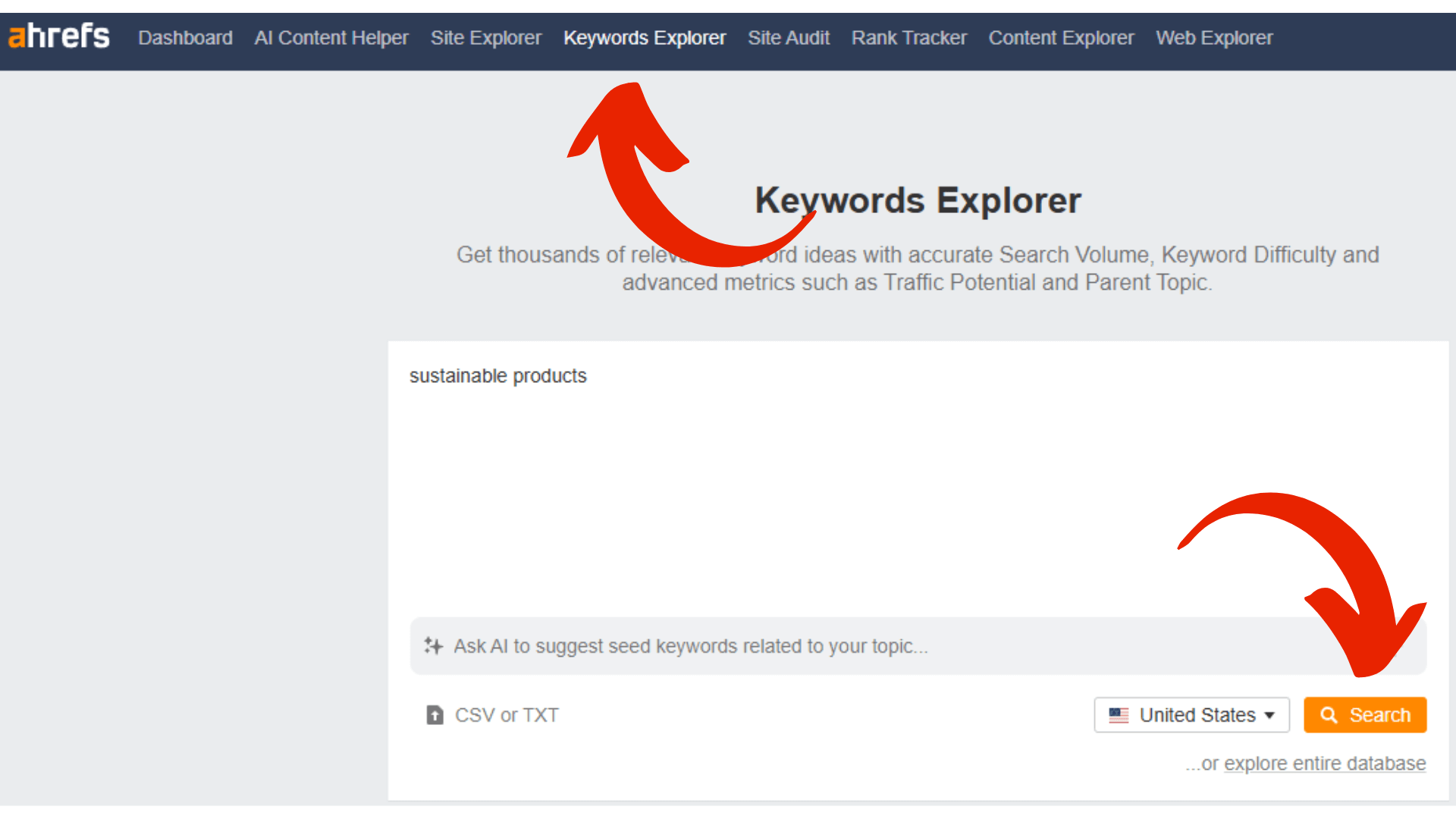
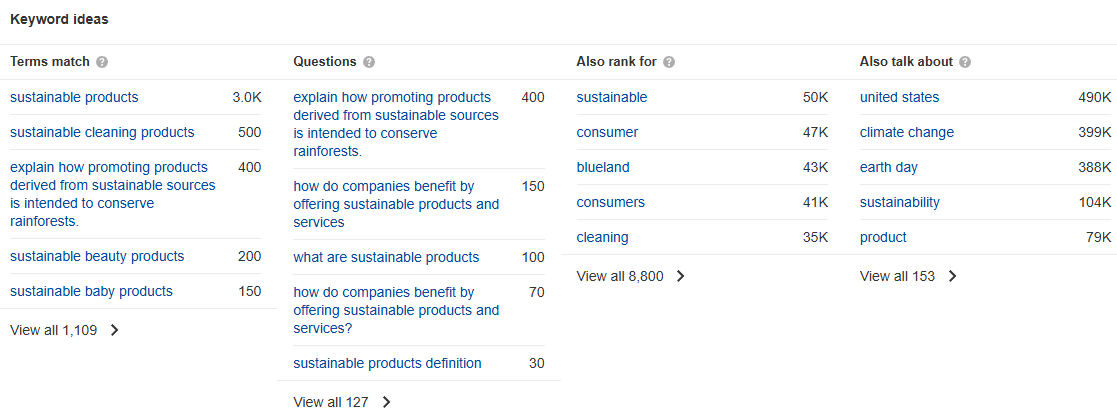
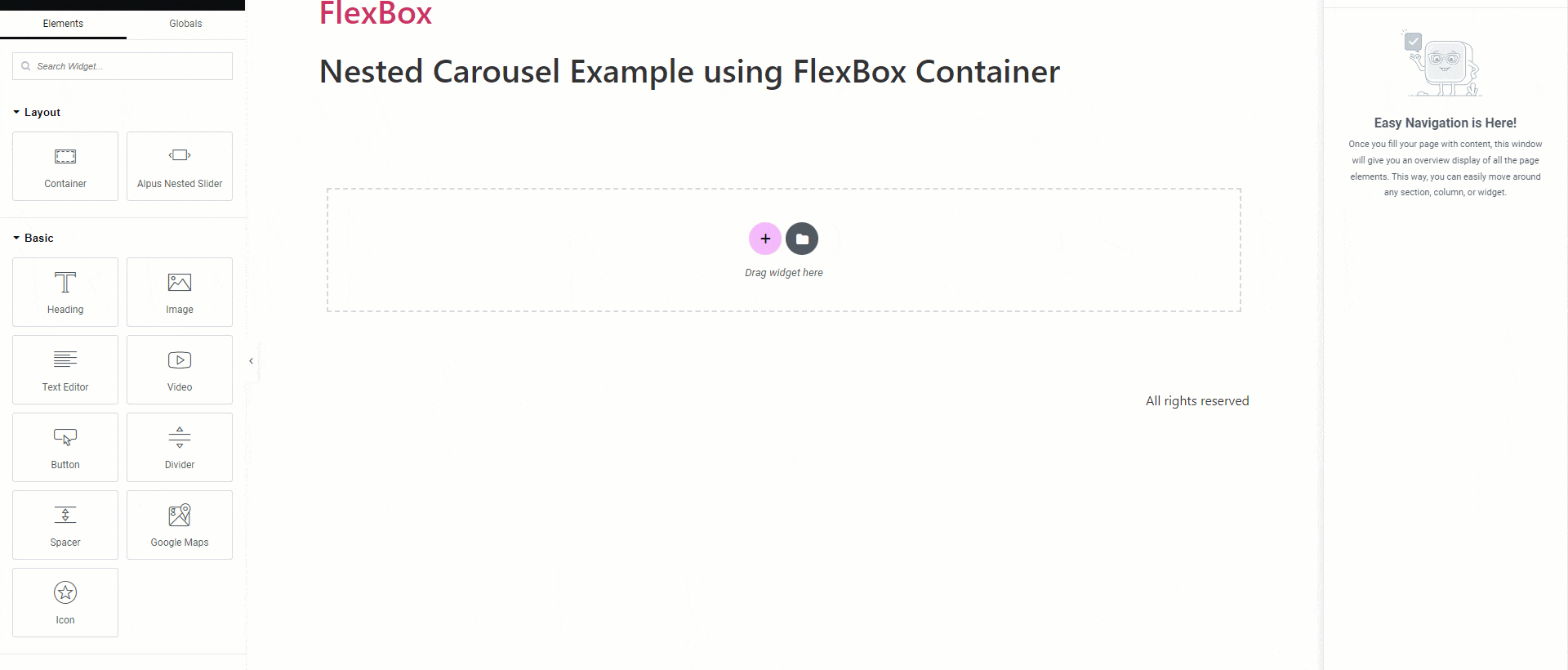
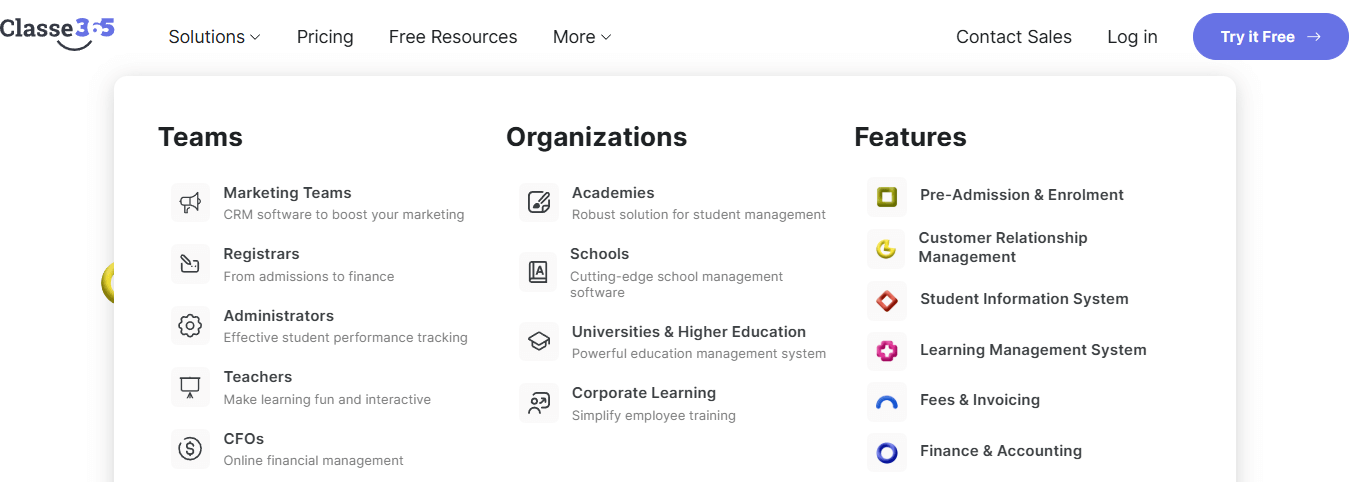
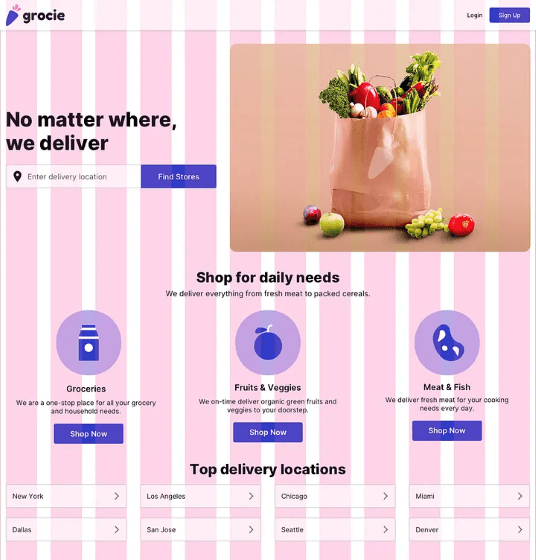

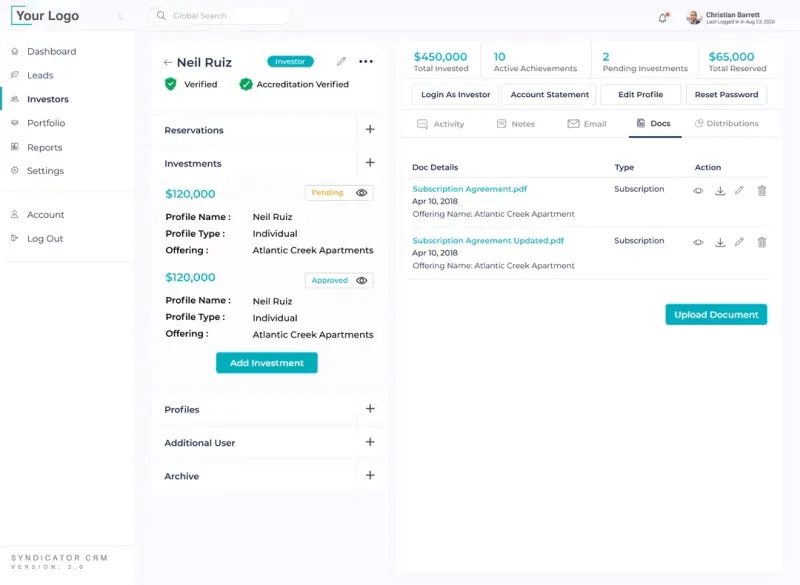



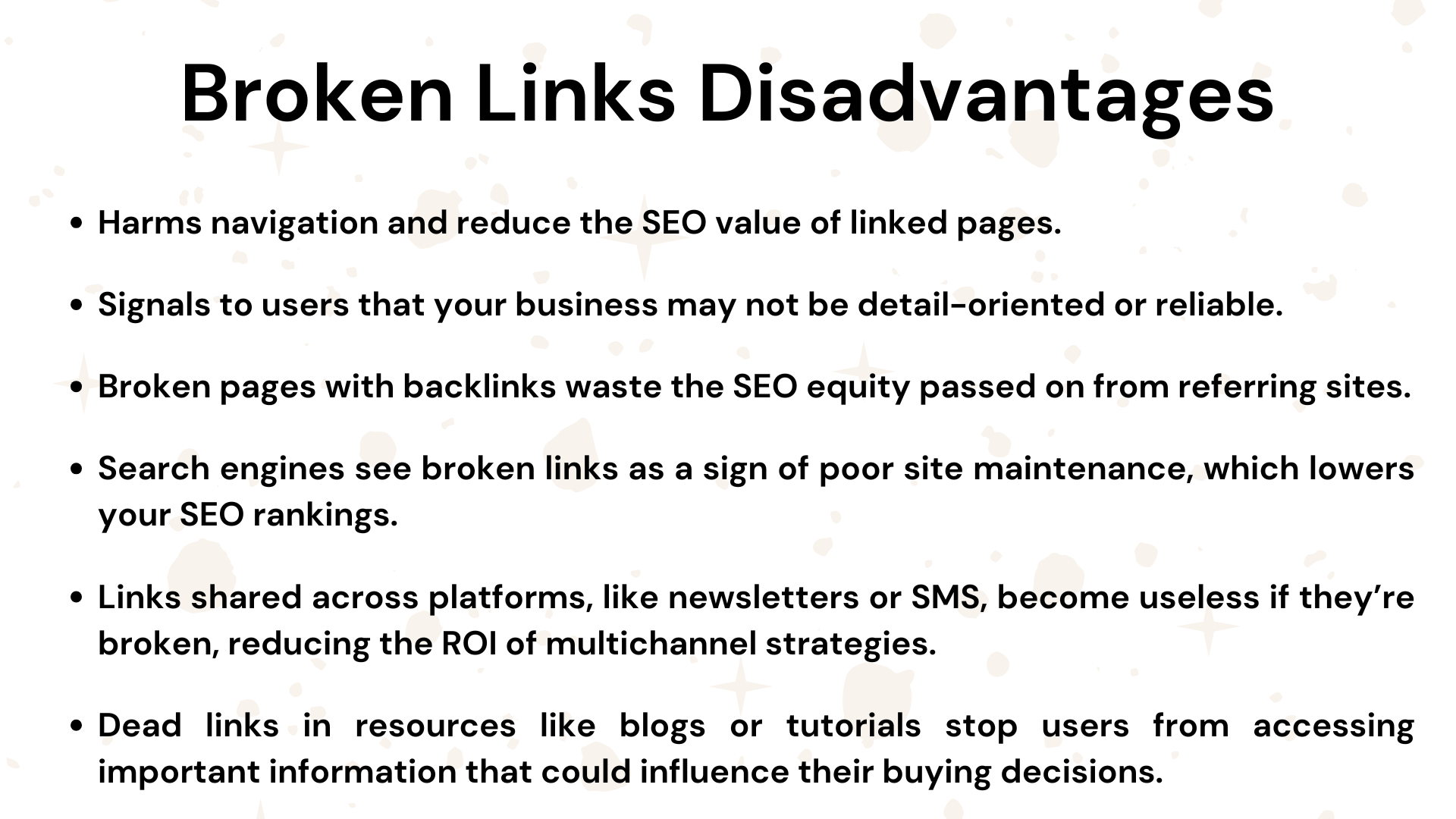
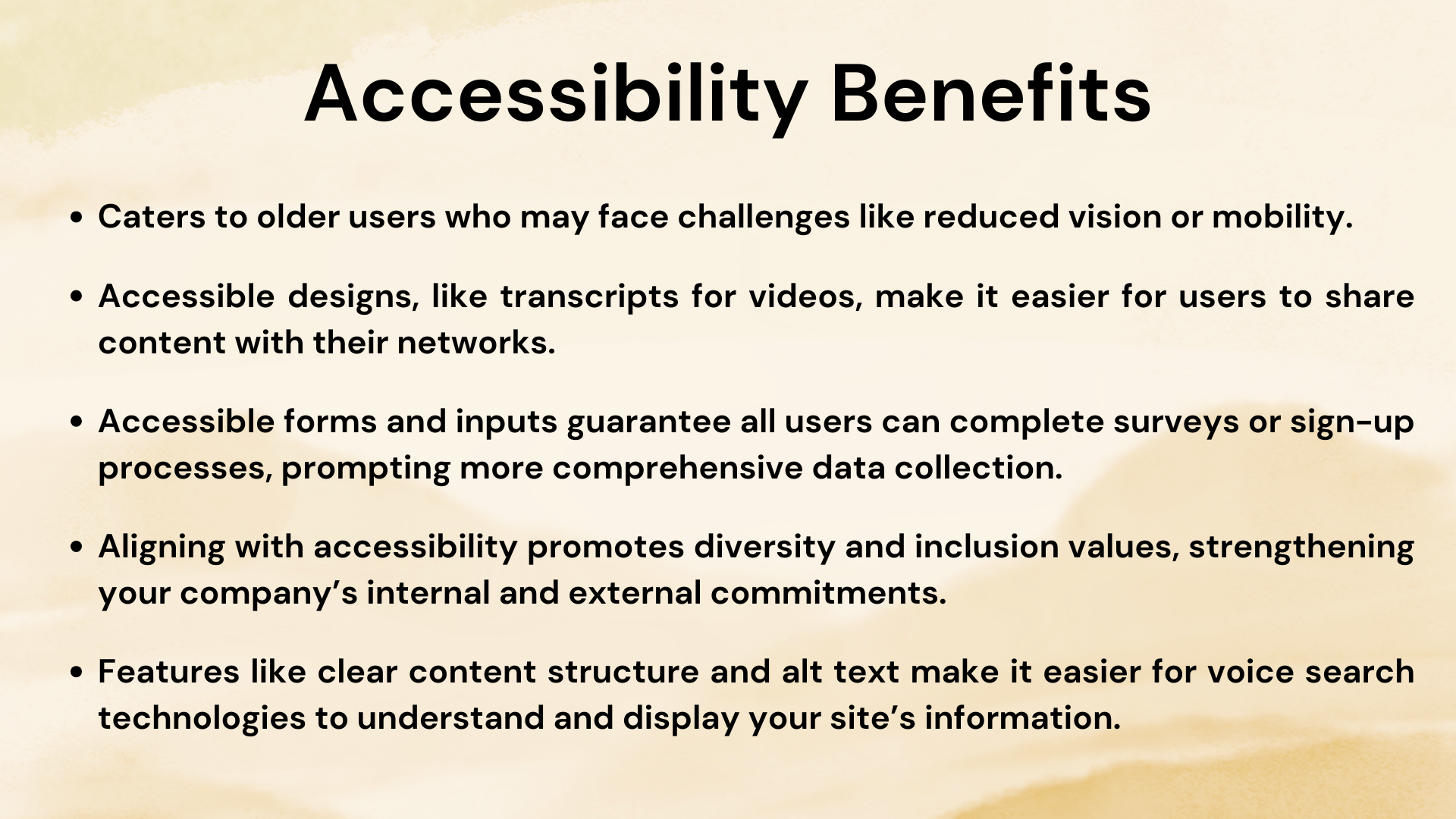

Leave a Reply